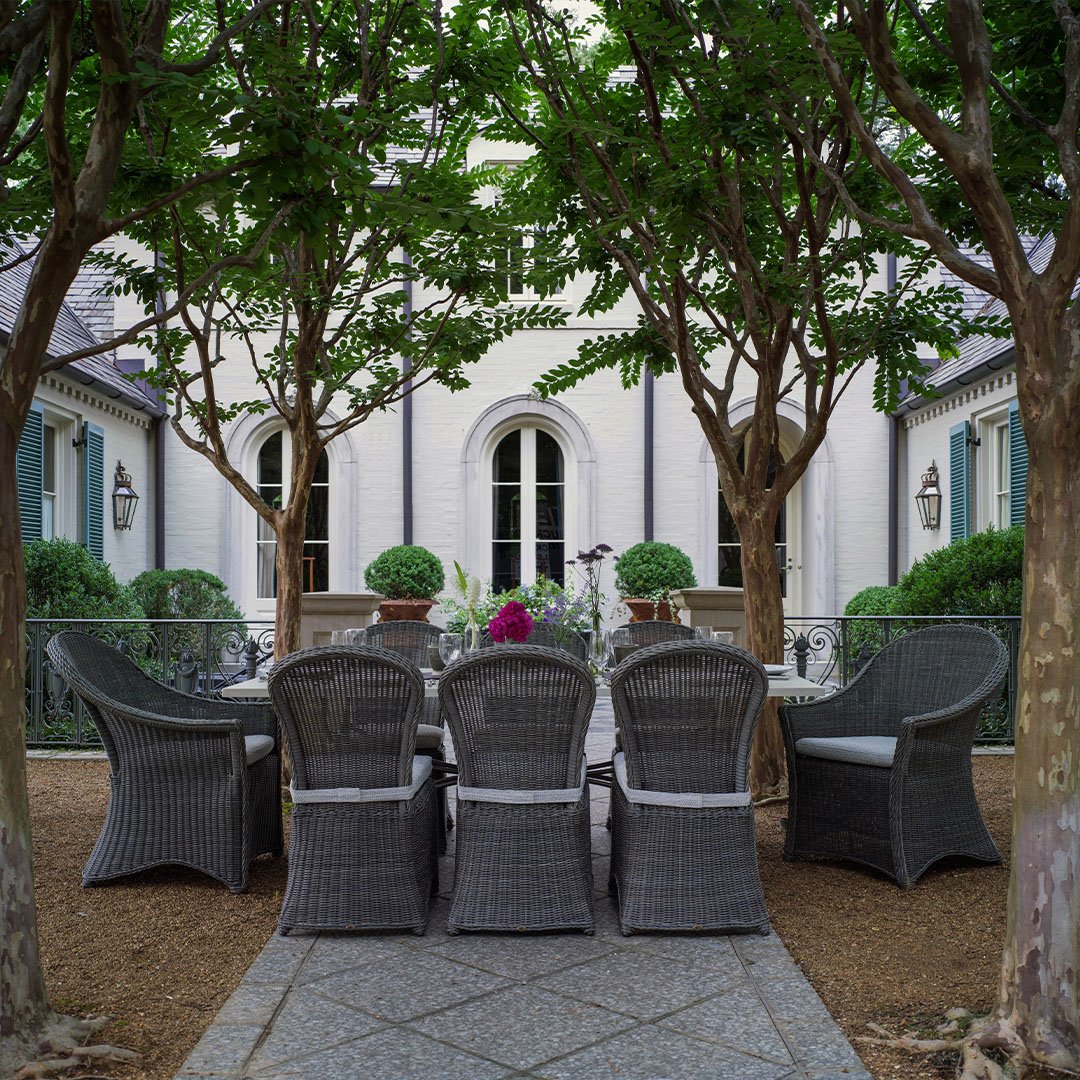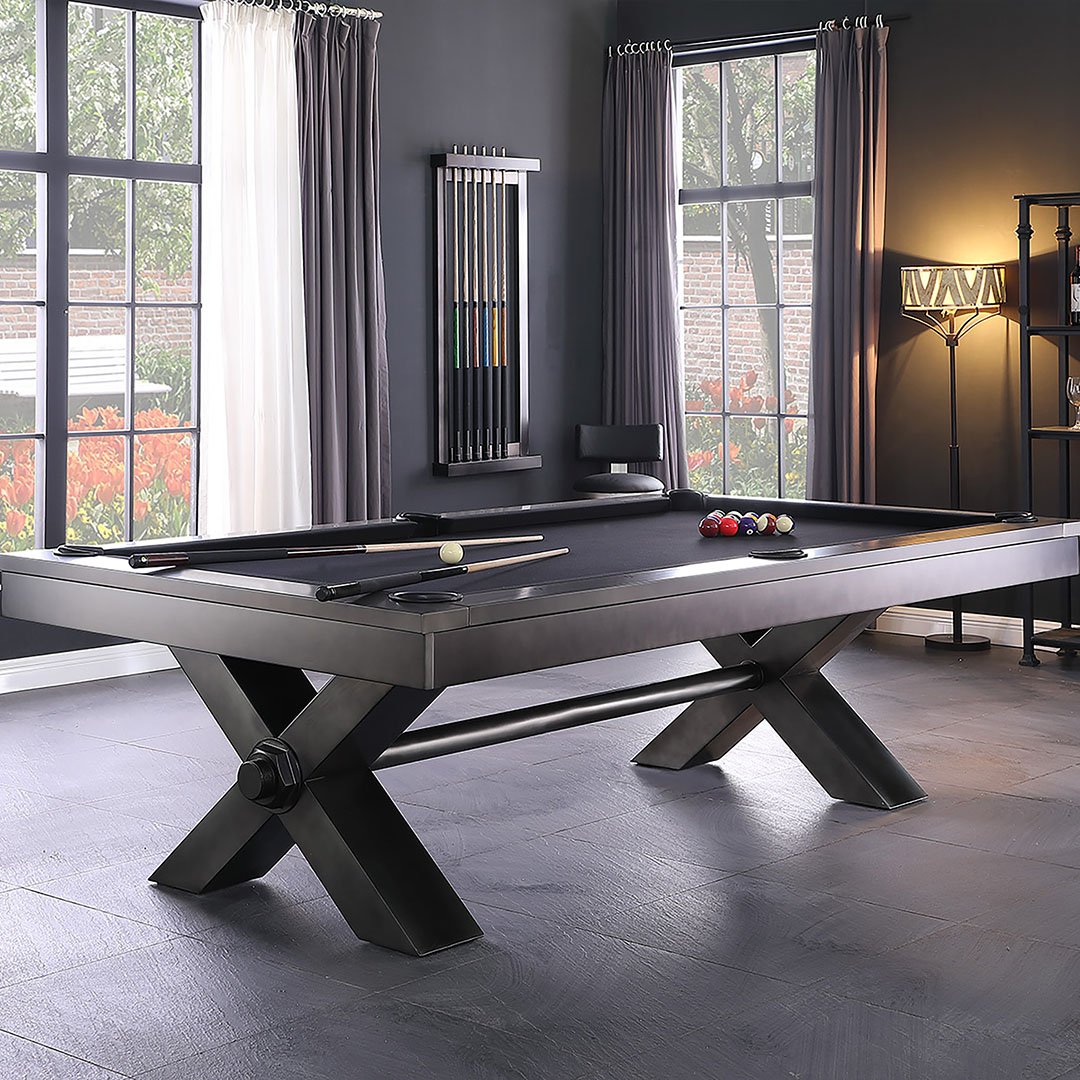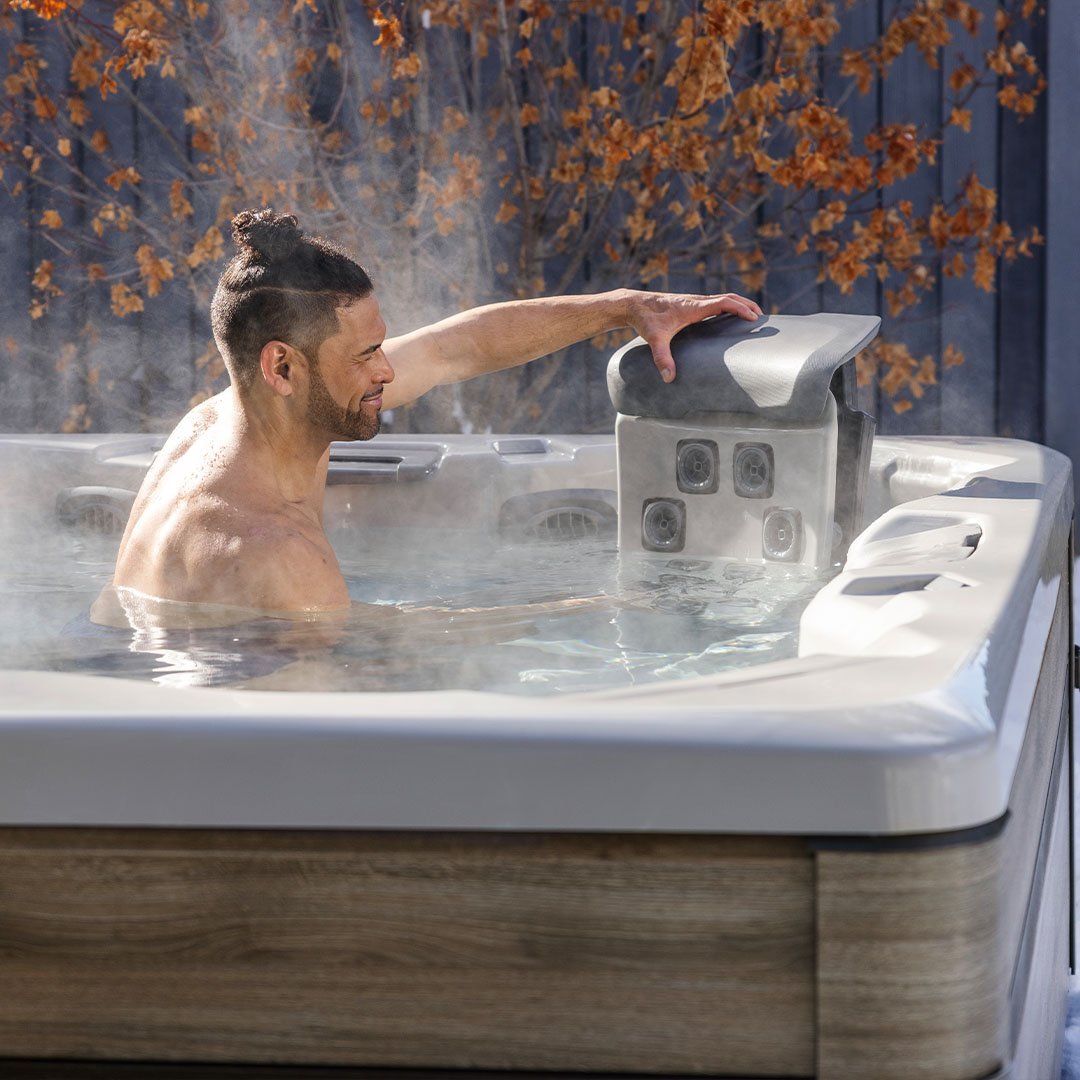Ping Pong Table Buying Guide: Choosing the Perfect Table for Your Home
Are you in the market for a ping pong table but unsure where to start? Whether you’re buying for recreational fun at home or for competitive play, the right table can make all the difference. This buying guide will walk you through the key factors to consider when selecting the perfect ping pong table for your space, budget, and playing level.
1. Determine the Table Size
Ping pong tables come in various sizes, and it's crucial to choose one that fits your space while providing enough room to move around.
- Standard size: A full-size table measures 9 feet long, 5 feet wide, and stands 2.5 feet tall. This is the standard size for tournaments and official matches.
- Compact size: If space is an issue, consider smaller tables designed for recreational use. These are typically around ¾ the size of standard tables but still offer plenty of fun.
- Mini tables: Even smaller, mini tables are great for young children or for temporary setups in tight spaces, but they are not suitable for serious play.
Tip: Always ensure there is enough space around the table for players to move freely—ideally, 5 feet on each side and 3 feet at each end.
2. Indoor vs. Outdoor Ping Pong Tables
One of the first decisions you'll need to make is whether to buy an indoor or outdoor table. Each type is designed to withstand different environments.
-
Indoor tables: These are typically made of wood and offer excellent bounce quality. They are best for controlled, climate-stable environments as they are not designed to withstand moisture or extreme temperature changes.
-
Outdoor tables: Built with weather-resistant materials like aluminum or melamine, outdoor tables can endure the elements. They may not offer the same bounce quality as indoor tables but are perfect for those who want a durable option for outdoor play.
Tip: If you’re considering an outdoor table, make sure it has a waterproof cover and rust-resistant legs for added durability.
3. Table Thickness Matters
The thickness of the ping pong table top directly affects the quality of the bounce. Here's what you should look for:
-
Beginner or recreational play: A thinner tabletop (12-16mm) is suitable for casual players. It’s affordable but doesn’t offer a professional-level bounce.
-
Intermediate play: For a better playing experience, go for a table with a medium thickness (16-19mm). It strikes a balance between quality and cost.
-
Professional or competitive play: If you’re serious about the game, invest in a table with a 22-25mm top. The thicker the surface, the more consistent and high-quality the bounce will be, which is ideal for advanced play.
Tip: Avoid tables with tops thinner than 12mm as they won’t provide a satisfying bounce and may warp over time.
4. Frame and Undercarriage Stability
The sturdiness of a ping pong table’s frame and legs is crucial, especially if you’re looking for durability.
- Steel frames: Look for tables with steel or aluminum legs and undercarriage for maximum stability and strength.
- Wheel systems: If you need to move the table frequently, opt for a table with large, locking wheels. Wheels make it easy to transport, but they should lock firmly in place during play to ensure stability.
- Folding design: Many modern tables offer foldable designs, which allow for easy storage and solo practice. If space is a concern, a foldable table with a compact storage footprint might be your best bet.
Tip: Make sure the table has adjustable leg levelers to account for uneven surfaces, especially if it will be placed outdoors or on a rough floor.
5. Ping Pong Net and Post System
While many ping pong tables come with a net included, the quality can vary significantly. A sturdy, adjustable net system is essential for enjoyable play.
- Clamp or screw-on nets: These provide a secure fit and are easy to set up or remove.
- Permanent nets: Some tables come with permanent or semi-permanent nets that fold away with the table. While convenient, ensure they don't get in the way during storage or moving.
Tip: Check that the net is regulation height (6 inches), as this affects gameplay, especially if you plan to compete or play at a higher level.
6. Budget Considerations
Prices for ping pong tables can vary dramatically depending on the brand, features, and materials. Here’s a rough breakdown:
-
Entry-level tables: $200-$500. These are great for beginners and casual play but may lack advanced features and long-term durability.
-
Mid-range tables: $500-$1,000. These tables offer better build quality, improved playing surfaces, and additional features like foldability and adjustable legs.
-
High-end/professional tables: $1,000 and above. If you’re looking for a tournament-quality table with the best playing surface, sturdy frames, and long-lasting durability, this is your range.
Tip: Consider the frequency of use when deciding on your budget. For casual home use, a mid-range table often provides the best balance of cost and quality.
Making the Right Choice for Your Ping Pong Table
Choosing the right ping pong table depends on several factors, including where you plan to use it, the level of play, and your budget. Whether you're after a fun recreational table for the family or a professional-grade table for competitive play, keeping these tips in mind will help you find the perfect table for your needs. Take your time to assess your space, desired features, and budget, and soon enough, you’ll be enjoying exciting ping pong matches right at home!
FAQs
How much space do I need for a full-size ping pong table?
You need about 19 x 11 feet of space to comfortably accommodate a standard ping pong table and allow players to move freely during play.
What is the difference between an indoor and outdoor ping pong table?
Indoor tables offer better bounce quality but are not weather-resistant. Outdoor tables are made with materials like aluminum or melamine to withstand the elements but may offer a slightly lower bounce quality.
Topics: Games and Rec - Shuffleboards













